Cavaquinho Profissional eléctrico - Rozini
Cavaquinho Profissional eléctrico - Rozini
| Réf. d'article: | A316081 |
| finish: | brillant |
| matériel: | bois massif / lam. |
| pick-up: | actif |
| manche: | cedrela |
| case / chevalet: | pau-ferro |
| éclisses / fond: | pau-ferro |
| table: | abeto - épicéa suédois (massif) |
| frettes: | alpaca |
| mécaniques: | dorés |
| cordes: | acier (J93 D Addario) |
| longueur instrument: | 630 mm |
| longueur case: | 340 mm |
| largeur sillet: | 30 mm |
| largeur max. caisse: | 85 mm |
| Poids (net): | 0,8 kg |
| MPN | RC07ATNE |
Série Profissional
Instrument professionnel de Rozini, produit avec beaucoup de soin et attention aux détails, ce cavaquinho a un son fort et chaud qui ressemble celui dune guitare. Utilisez les 3 bandes électroniques avec modération et vous serez étonnés comme le son est réfléchi naturellement.
Système de pick-up : 3-band Fishman avec dispositif daccordage chromatique.
Évaluations de clients pour "Cavaquinho Profissional eléctrico"
(1)"Rozini"
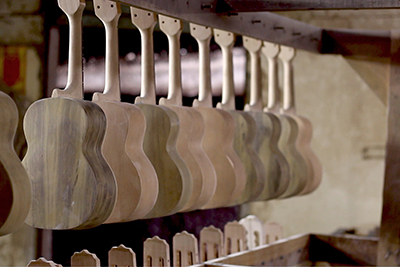
Au Brésil, on ne joue pas que des tambours : l'instrument le plus répandu est la guitare acoustique. Soit traditionnel à 6 cordes ou, comme souvent dans le samba et le Choro, à 7 cordes - ROZINI a les instruments qu'il faut.
Il propose aussi des bandolins ou la viola caipira, un instrument à 10 cordes apprécié au Brésil, et évidemment un large choix de cavaquinhos. Ce petit polyvalent s'intègre dans (presque) tous les styles de musique: dans le samba improvisé en petite groupe, le samba de mesa, en accompagnement des grandes écoles de samba ou joué avec virtuosité comme instrument solo dans le Choro. Le cavaquinho est un petit instrument à 4 cordes et a des possibilités infinies.
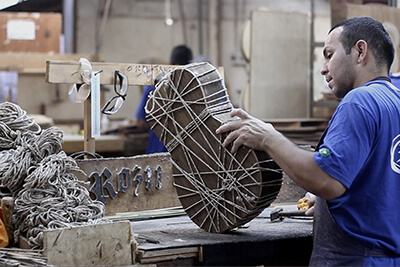
ROZINI, étant le résultat de l'union de plusieurs fabricants de guitares, est aujourd'hui un des plus grands et des plus renommés fabricants d'instruments à cordes au Brésil. Les instruments sont fabriqués à São Paulo en production de série artisanalement.








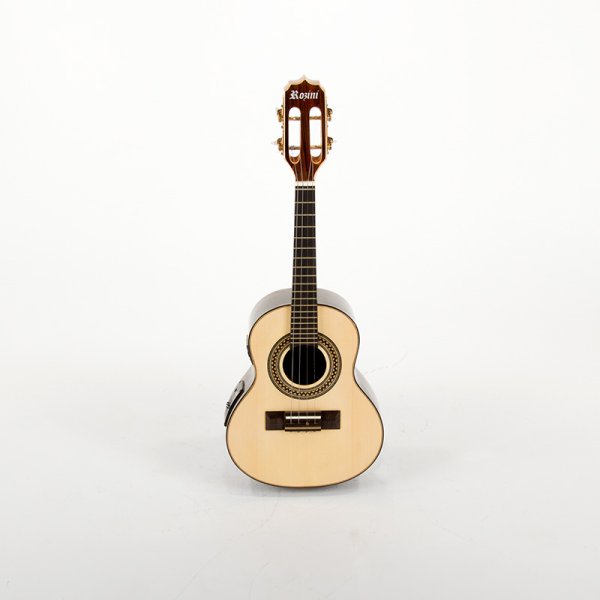
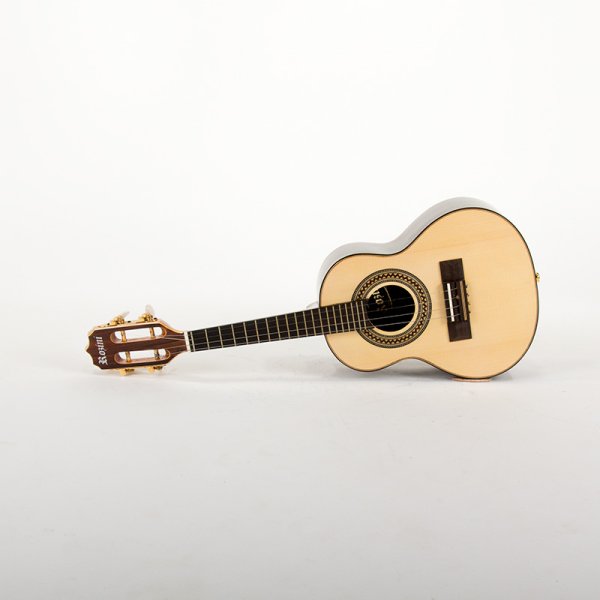
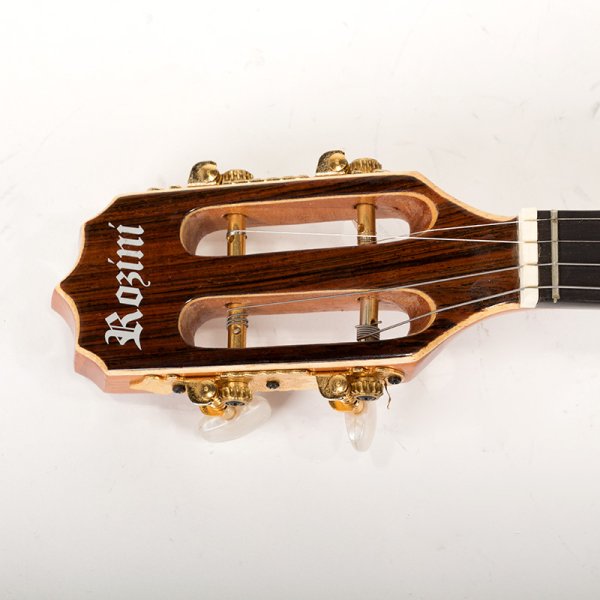
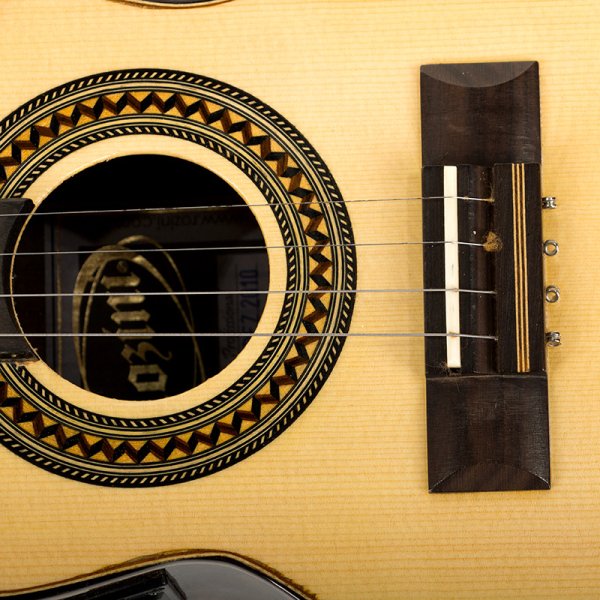
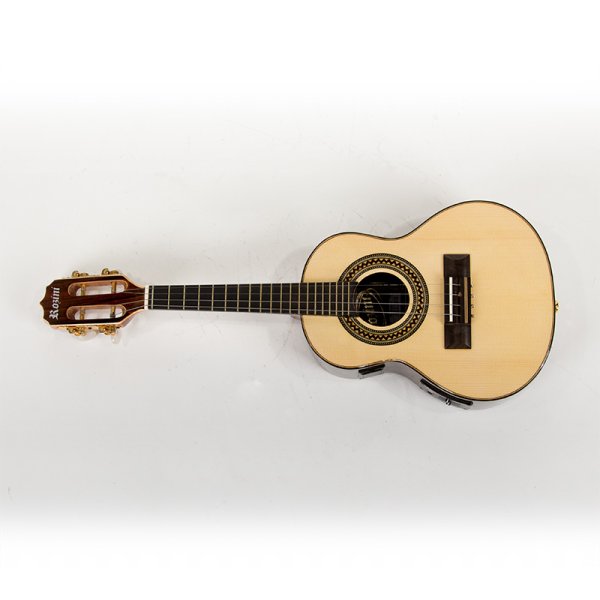
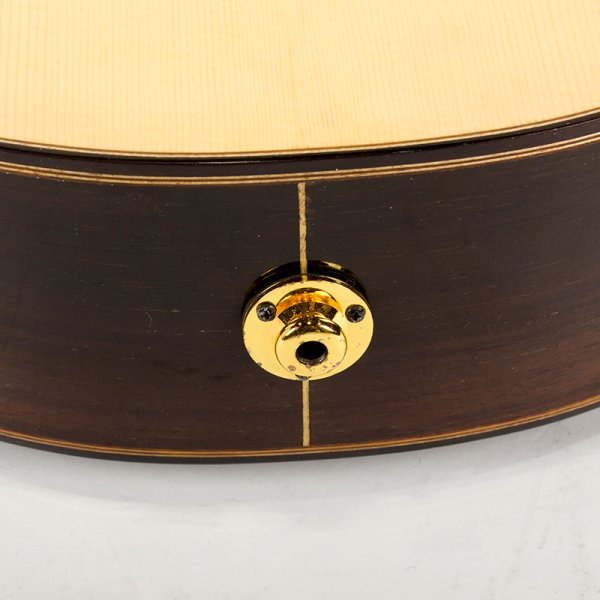
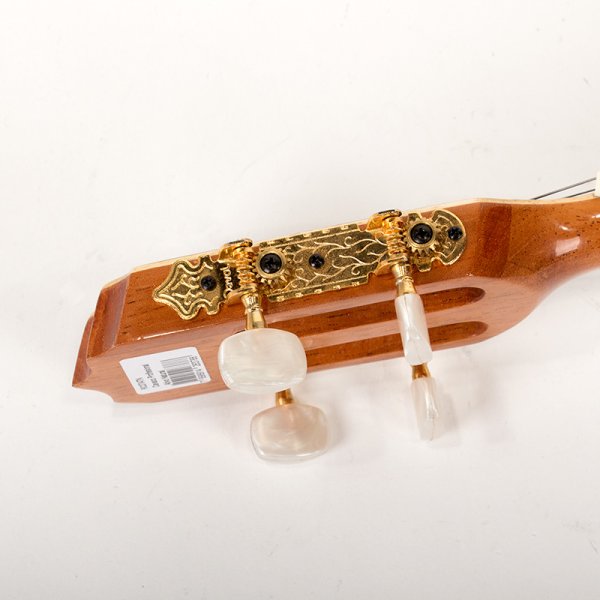
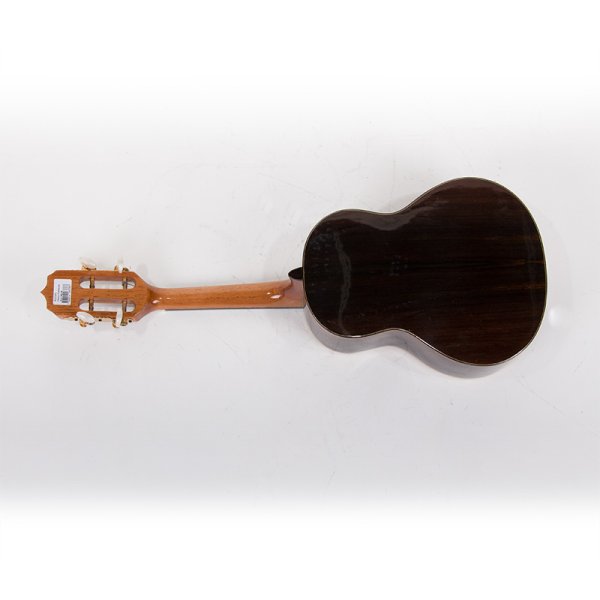
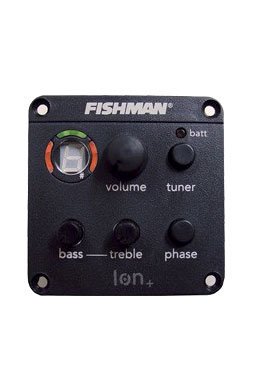
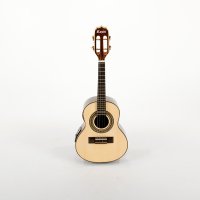











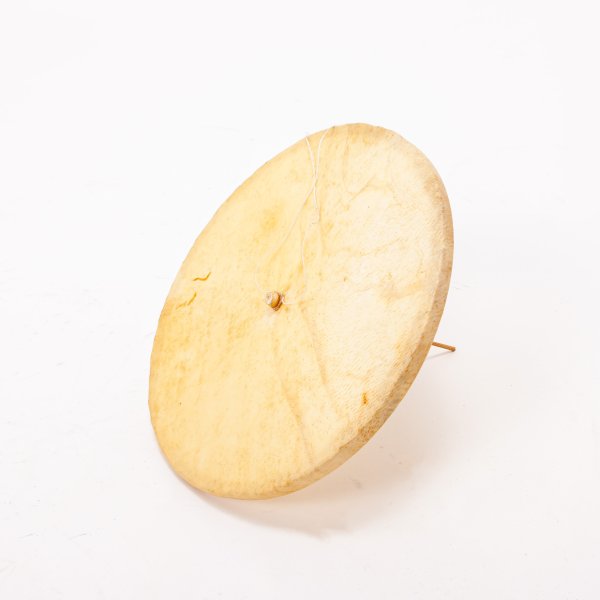
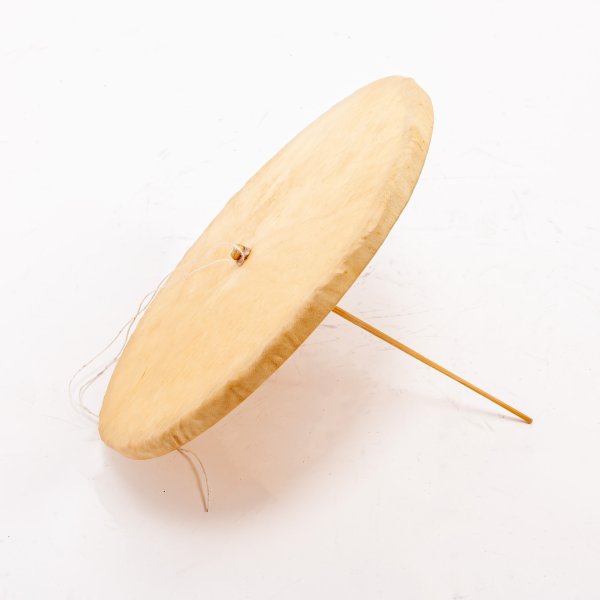
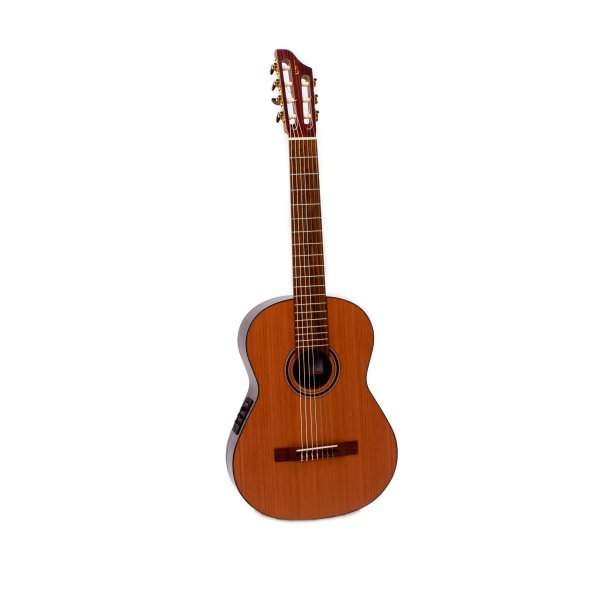
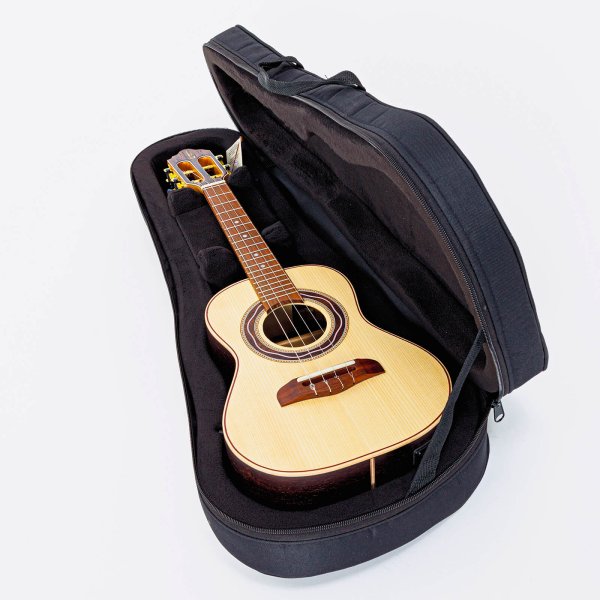
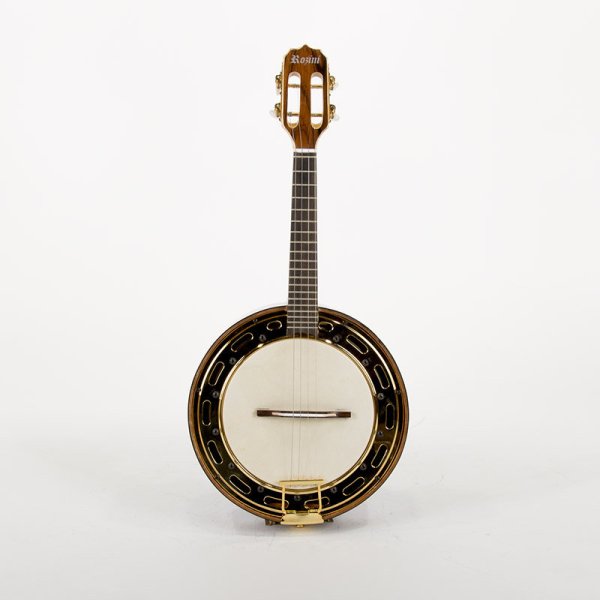
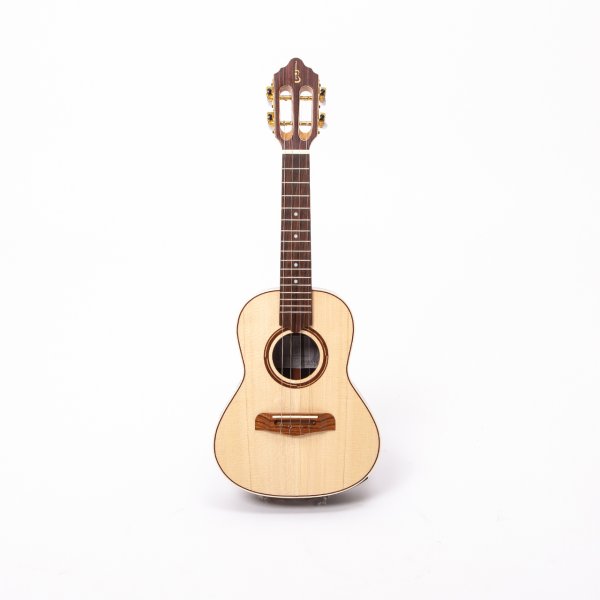
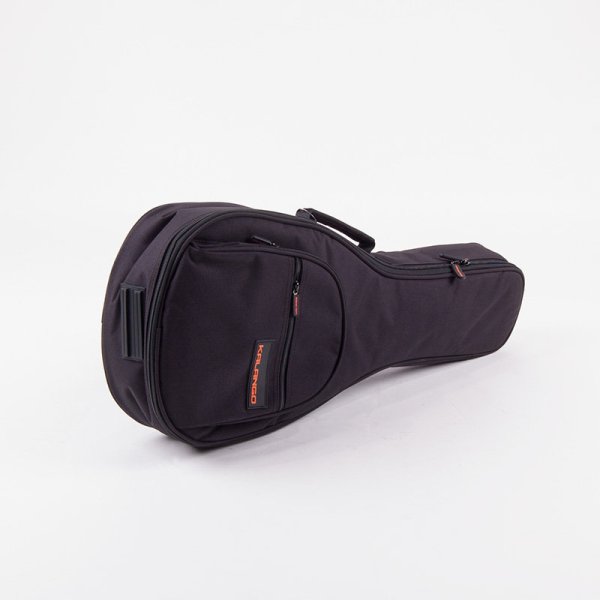

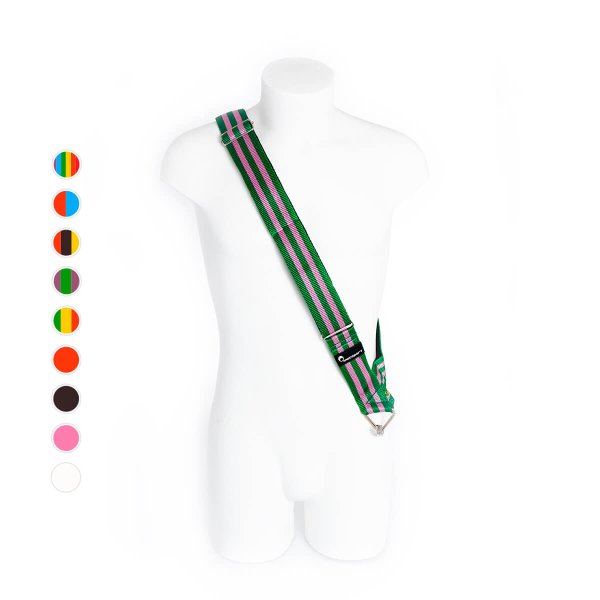
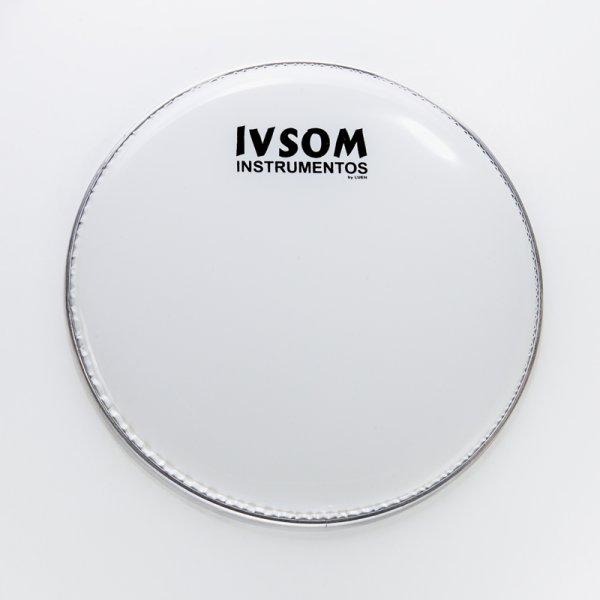
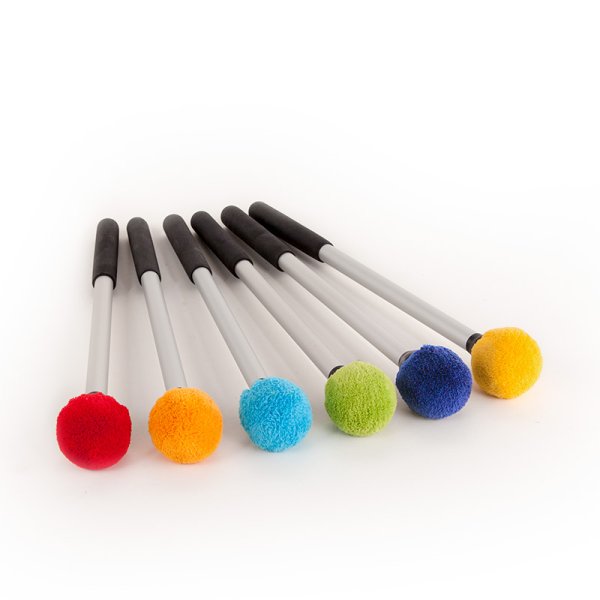
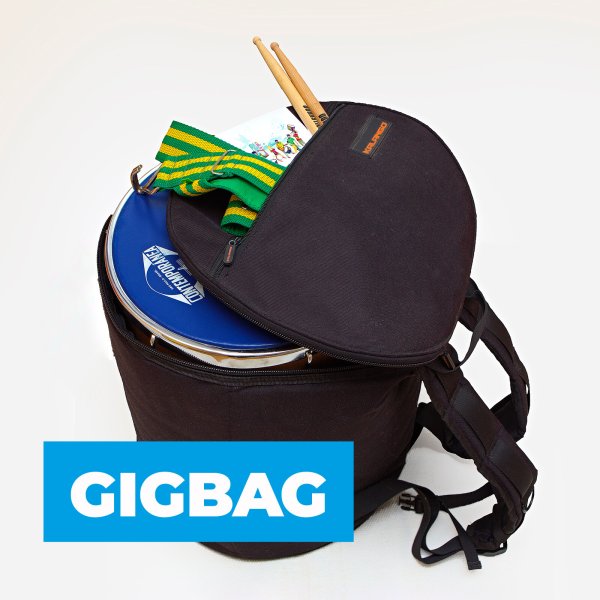
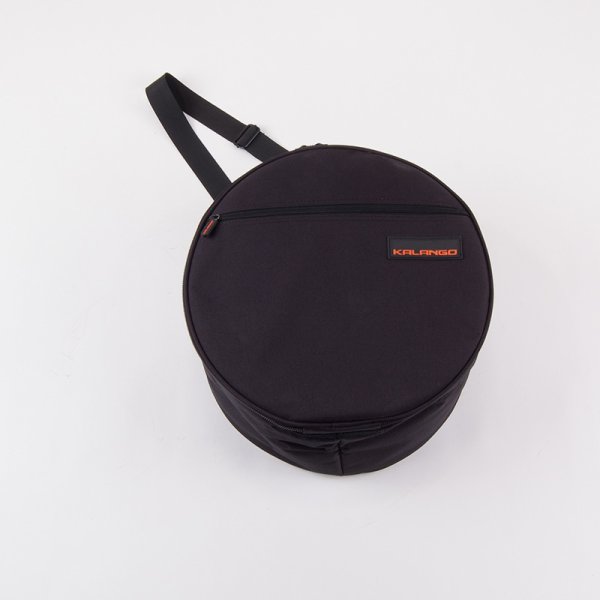
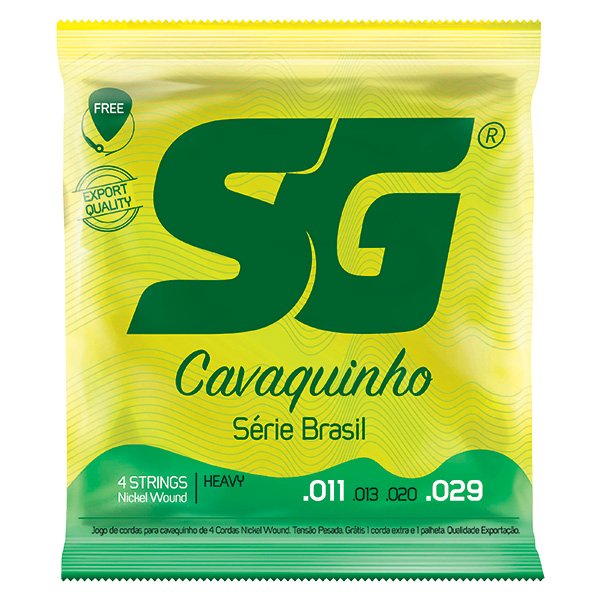
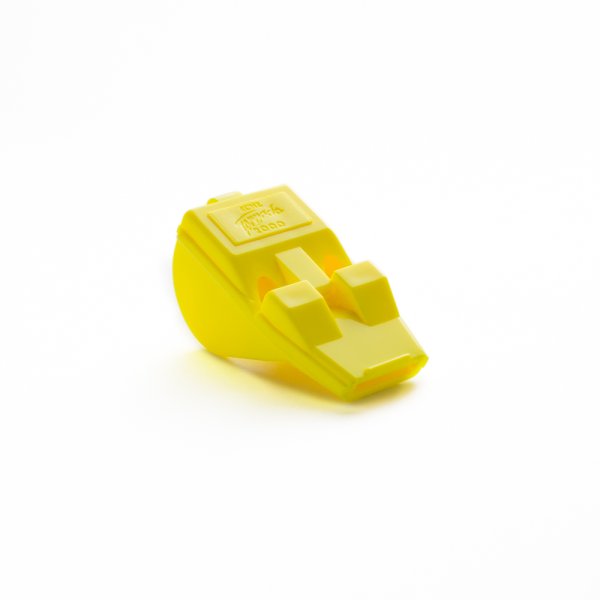
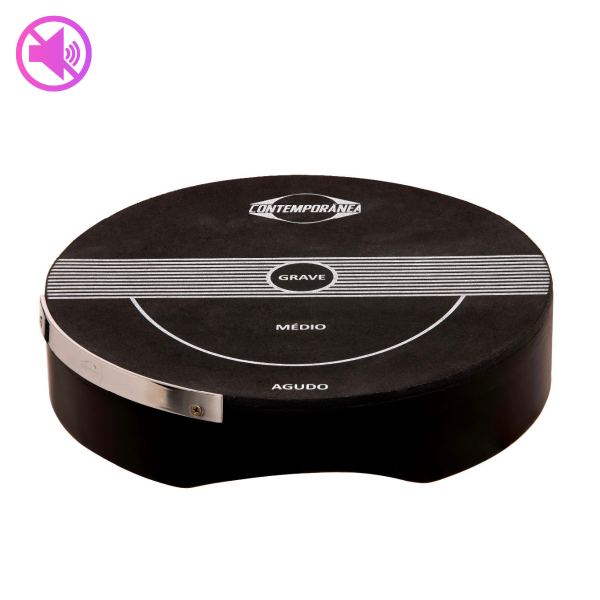
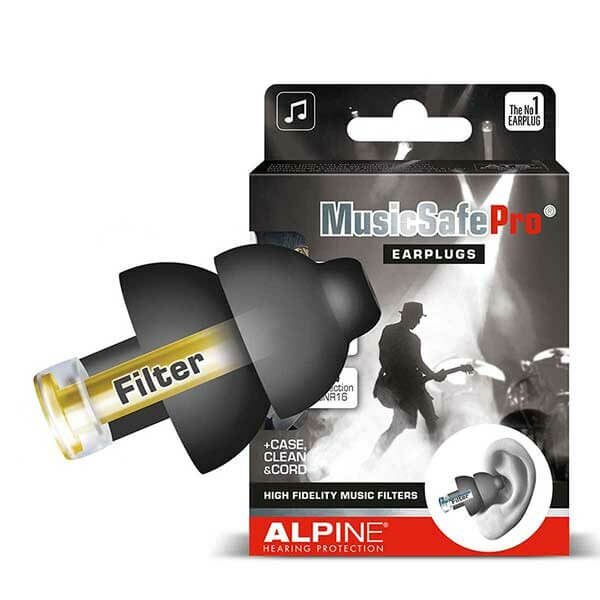
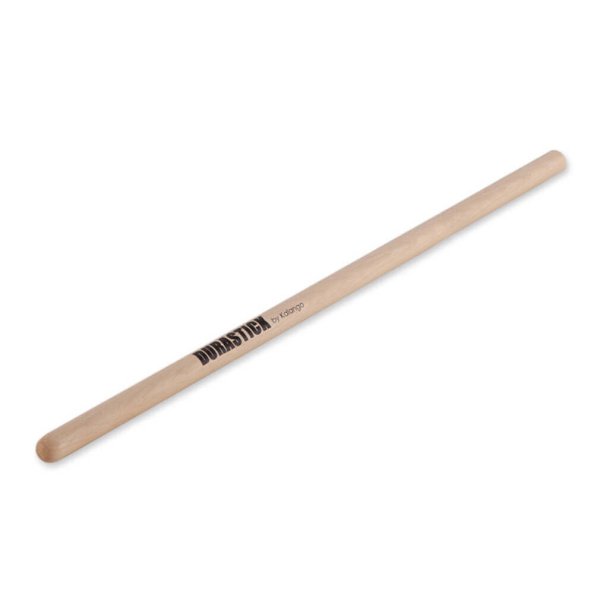
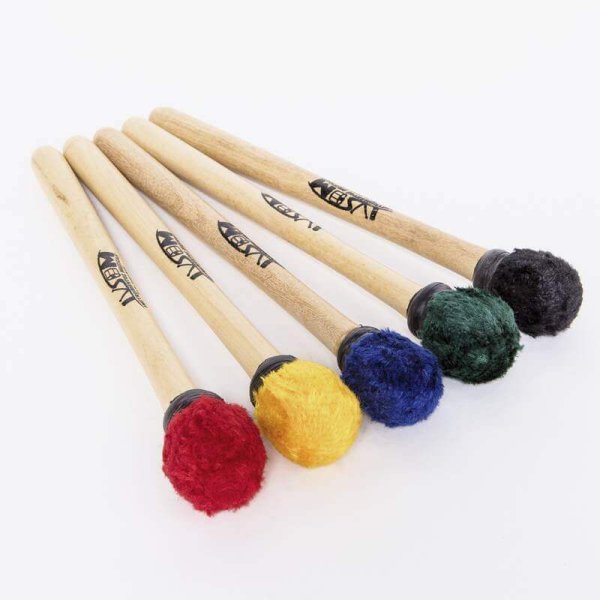
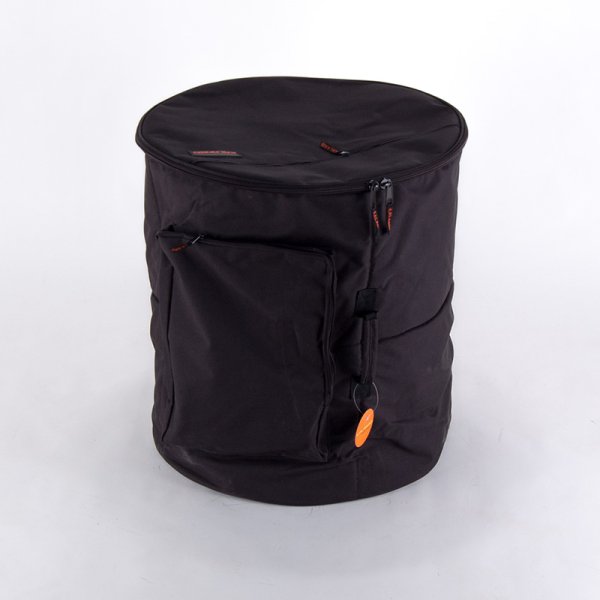
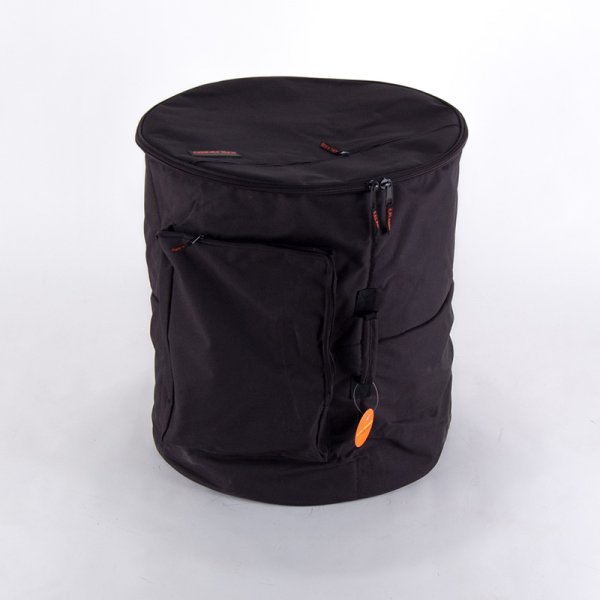
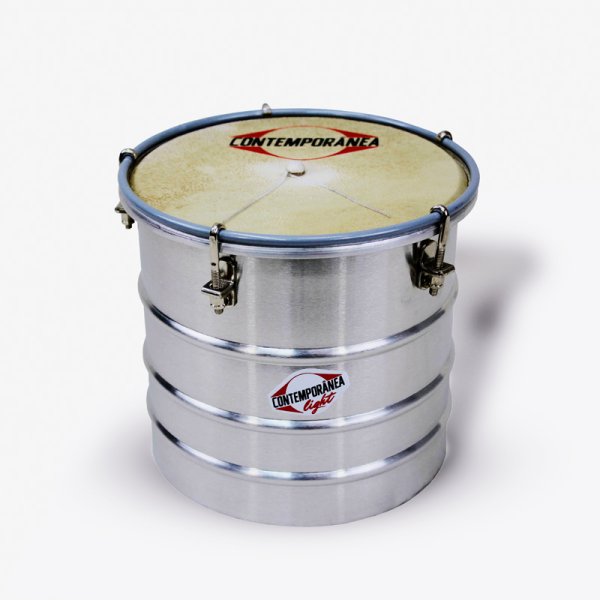
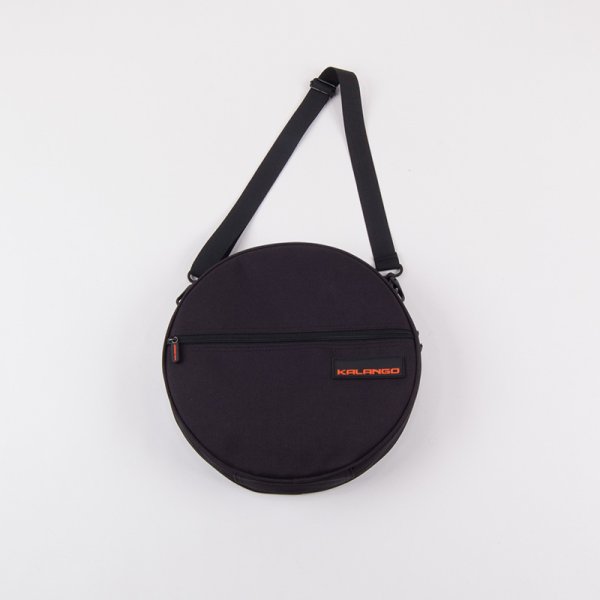
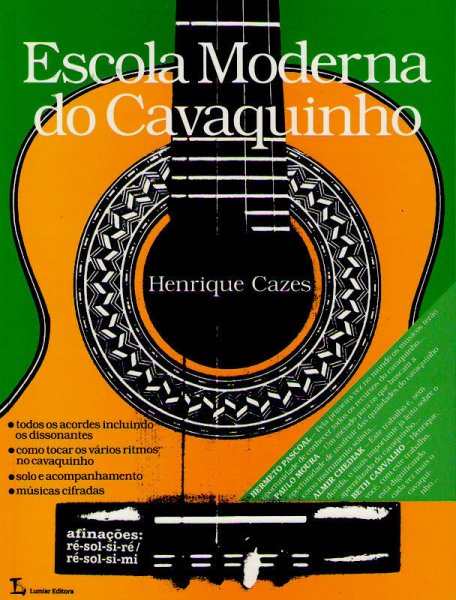
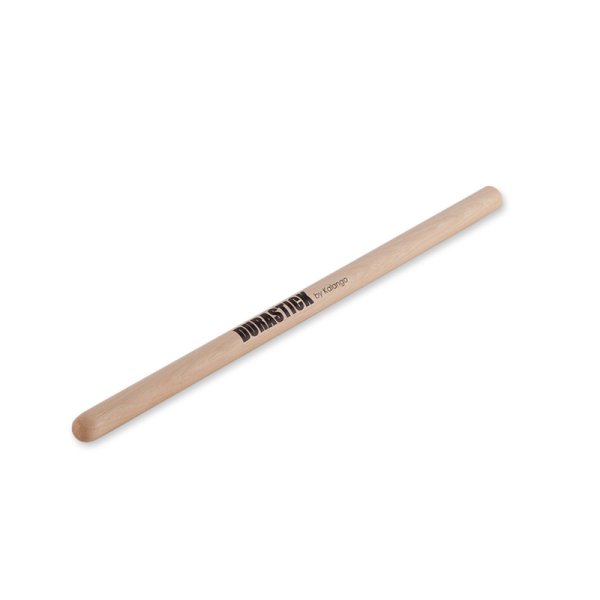
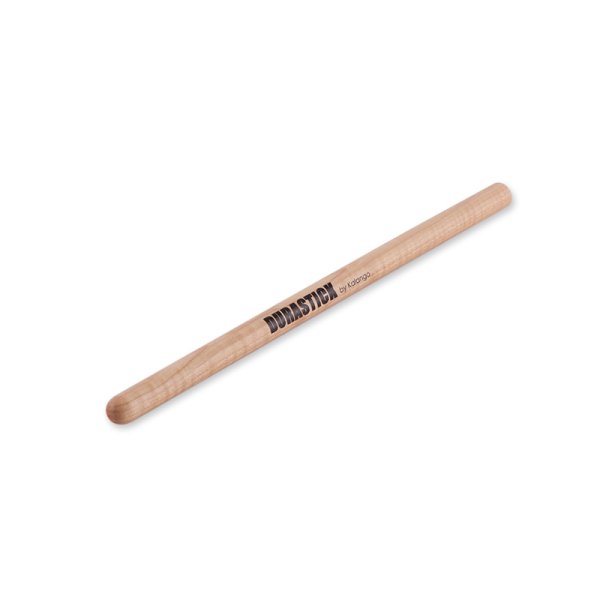
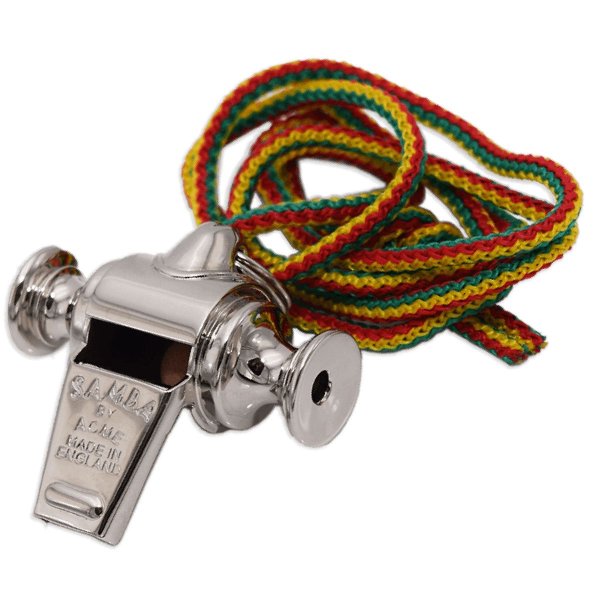
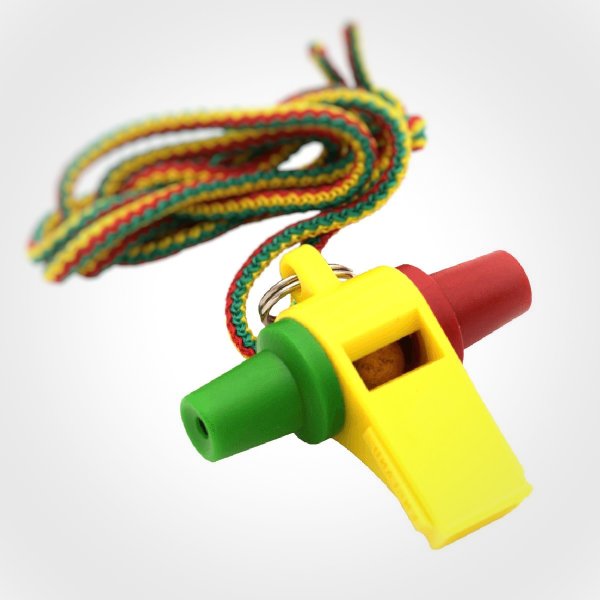
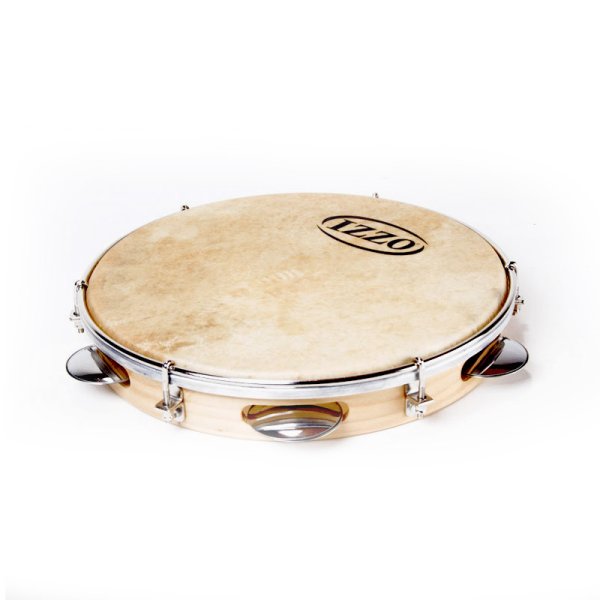
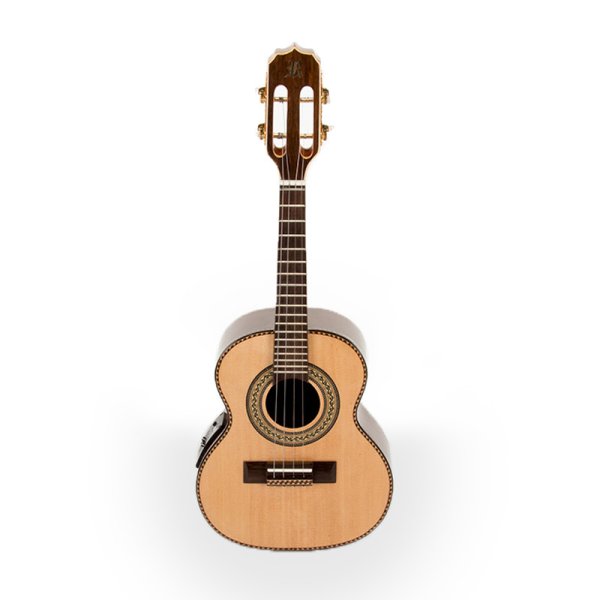
I’m not a skilled Cavaquista. If fact I still very much getting to grips with it, but I have been playing a repairing guitars and basses for many years, so forgive me if this is more of a technical review. It’s what I am best at.
I don’t give much kudos to “hand made” instruments. They are only as good or bad as the craftsman who made it (and there are poor craftsmen), how he felt on that day, and the materials available. Taking this one from the sturdy triangular carton I see that the finish has the perfection that can only be achieved in a factory that has spent 20 years getting its tooling right. There is not a single ripple, sag, sand paper mark, or evidence that 2 joints didn’t quite meet. Every Rozini will be the same as the next. Some might see that as soulless. I see it as confidence that the things I CAN’T see are likely to be well made too.
I have also learned to stay away from anything with “Professional” in its name because if I need to be TOLD this, it usually isn’t. Luckily, in Europe I have little choice!
Neck,
I have seen lower end Rozinis with a couple of jagged frets but these are well dressed.
Action.
1st fret 0.4mm’ 18th fret 1.9mm
Neck bow 4 (forth string) 0.25
Neck bow 1st string. 0.15mm
Nothing buzzes on any string on any fret. I also checked at each held fret, the string clearance at the next higher fret. It starts at 0.2 and gradually decreases as we play higher. In short:- the neck is slightly convex as it should be, its more convex on the side where the bigger strings need to move more, and as you play higher up where the strings vibrate less, there is less clearance. It’s pretty perfect, which is only annoying to people who like to adjust things.
Body depth
If you are moving from ukulele you will notice that the body is deeper. While it’s not the deepest cavaco I’ve seen, at 80mm it’s even deeper than some other Rozini models. It’s never going to fit in a Uke bag. Try one of the specialised hard cases instead.
Bracing
Looking inside the sound hole with my dentist mirror, O.M.G. it’s a beast! 2 large braces run across the body (or top-to-bottom as you hold it) - one under the neck, and the other between sound hole and bridge. 2 wide, flat braces run flat-side on to the top, between the bridge and the neck the stop the body sagging under tension. Personally I would have used the wood in the other orientation (thin side on). In theory that would give you more resonance and more stiffness, but I suppose they do that for a reason. These aren’t shaped or scalloped in any way and I don’t suppose they need to be. Sitting under the bridge are 3 of the most delicately thin and scalloped ribs possible. This is the only part that concerns me, because even the joint between the 2 pieces of wood which form the top are only reinforced with a sliver of 6mm pine. What will stop the bridge slowly twisting towards the neck? I understand that they want to keep the mass down and that many companies do this but I am still scared.
For you rock-&-roll players there is plenty of wood thickness to mount an end pin for a strap.
Playing
It feels heavier than my passive (less expensive) cavaquinho. At first it feeds slightly harder to play but after a while it seems more forgiving so it works out. The sound is a little less mellow and a little more shouty or thin. One part of the tone compromise of an active pickup is what happens when you cut holes and screw 2 heavy lumps of plastic into the body. You will lose some of the resonance. That said, when I get to the point when anyone is listening to my tone instead of the notes, I’ll let you know.
Amplifier
Fishman has an excellent rep though. They use a pickup which is in direct contact with the bridge. It sounds a little sterile but much less chance of feedback than a mic or passive pickup. There is a built in tuner which is handy but don’t forget to turn it off or it will drain the battery. I tried removing the battery and the output is nil from the jack.
So overall:- No regrets. Maybe not the most mellow acoustic instrument for top class choro, but a good dependable stage instrument to hammer out samba songs to.